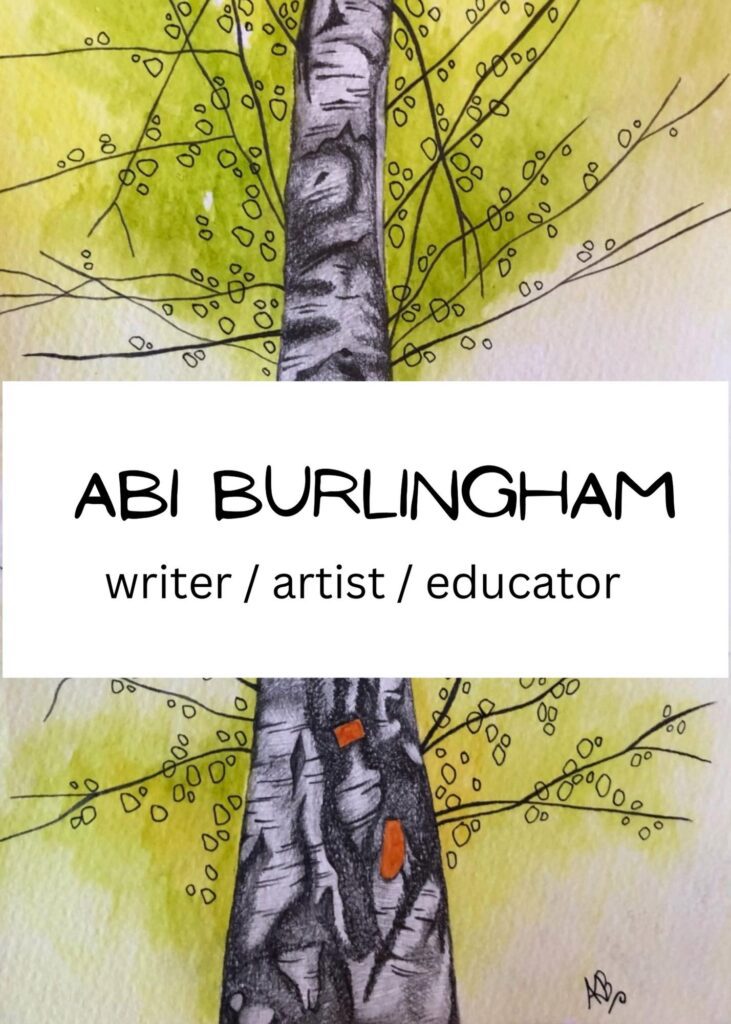Heptonstall – a place to be inspired
Some of you may know that I have been gadding about a bit in order to write my current novel WIP. What I haven’t mentioned, I don’t think, is that this is a collaborative novel, which makes this whole project doubly exciting. The need to be out and about and scene setting, something that is very important to this novel, led me and my co-author to re-visit a place I’d visited twice before – Heptonstall in West Yorkshire.

There are two possible reasons someone might visit Heptonstall. One is that it is one of the only villages to have two churches – one is a sprawling and magnificent remains, like some prehistoric thing rising from the earth, the other is the newer church, built after the old one was damaged and housed virtually next door, in a shared cemetery. The other reason to visit, is that the poet, Sylvia Plath, is buried here.
Both of these make Heptonstall an attractive setting, and one that ties in with one of the themes of the book. It is a stunning village, set at the top of a hill and overlooking the neighbouring Hebden Bridge. I’d forgotten most of it from previous visits, and had even forgotten where Sylvia’s grave was. It took an eternity for us to find it – actually situated in an adjoining newer cemetery – and I was completely stunned when we did. It wasn’t at all as I had remembered it, and when I got home and looked through old photos, I realised why. In 1998, my photo showed an untended grave – soil and a bit of grass. What we saw now, by contrast, was incredible.

Plants – primulas and daffodils had been planted, there was a metal container full of rocks and a purple hyacinth flower, a small female symbol on a stone plaque and a gorgeous fairy, arms folded and looking rather enchanting. But, what really moved me more than any of these, was the huge glass jar of pens leaning up against the headstone, pens that visitors, fellow writers possibly, had left her. I desperately wished I had brought one in advance… the only pen I had was a present from my mum and dad, and, somehow, it didn’t feel right leaving it. Luckily, my co-author magiced up a yellow highlighter… as you do, so we left her that – I hope she approved… always a good editing colour, yellow!
The inscription on her headstone: ‘Even amidst fierce flames, the golden lotus can be

planted’, is a moving one. The other thing which I found really lovely, was that there were pebbles laid on her headstone, and under these were two handwritten notes. I have only ever seen this once before and this is in the Jewish Quarter cemetery in Prague, where notes are weighted down with pebbles on headstones. Luckily, I had a tiny notepad with me, so was able to write her a note, which I left under one of the pebbles.
The relevance of all this… well, I have probably said this somewhere before, but… I wouldn’t be writing now if it wasn’t for Sylvia Plath. Her poems ignited something in my teenage mind and made me see the potential that words had. Actually realising that potential is something that is only truly happening to me right now, with this WIP, which made the visit even more pertinent. I just hope that we can do her justice.
Do you have a particular place or setting that has inspired your writing?

Leave a Reply